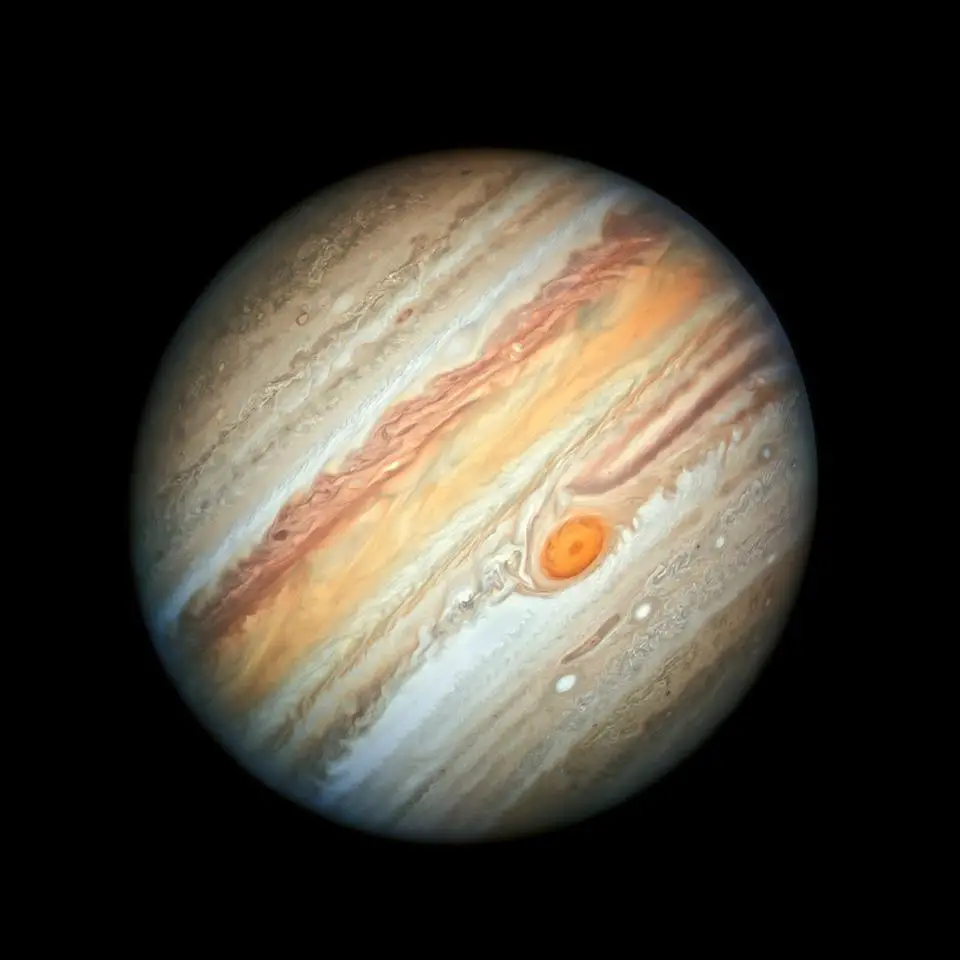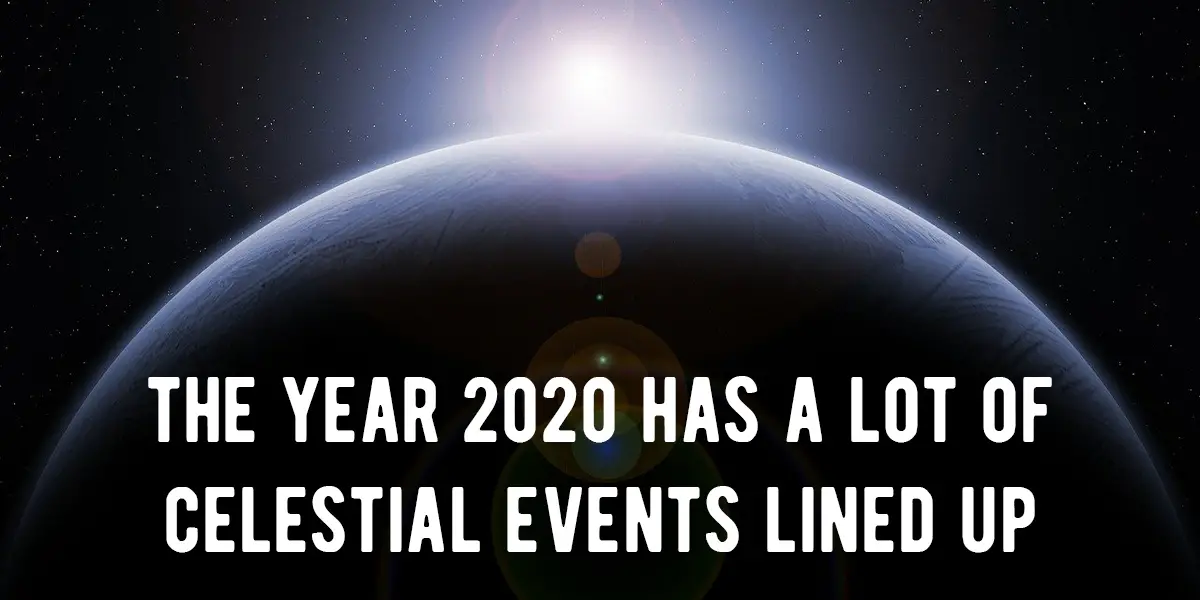The year 2020 has a lot of celestial events lined up. Let’s see what major celestial events are going to rock this year.
A ‘Solstice Ring Of Fire Eclipse’
We recently had a solar eclipse on the 25th of December 2019 but the one going to happen 2020 will be special. You’ll need to wear glasses that are specially made to see the solar eclipses. On 21st June 2020, you’ll see the Moon circled by a bright light. This might lead to dim light levels and people may get to see the Sun’s corona. It’s going to be one of the best celestial events of all time.
The eclipse will be a very short one (23 seconds) and will be visible in Oman, Tibet, and Ethiopia.
The eclipse will be a very short one (23 seconds) and will be visible in Oman, Tibet, and Ethiopia.
14th December 2020- A Total Solar Eclipse
You will get to see one of the most brilliant celestial events put on by nature. It will look as if the sky has a hole! On this day, the central shadow of the Moon will take only twenty-four minutes to surpass Argentina and Chile.
The centerline of this path of totality will be in Lake District, southern Chile and Patagonia region, Argentina. People on this centerline will see this total eclipse for two minutes and nine seconds.
4 Lunar Eclipses
These eclipses will be very easy to see and won’t be dramatic. This is because during these eclipses the Sun, Moon and the Earth are not fully in a straight line.
The 1st such lunar eclipse happened on 10th January. It was called the Wolf Moon Eclipse. Countries of Africa, Australia, and Asia were able to see it.

Image: JAMIE CARTER
The 2nd one will take place on 5th June. The Strawberry Moon Eclipse will also be visible in the regions of Australia, Asia, and Africa. This one will be hard to see.
5th July 2020 will witness the Thunder Moon Eclipse. The countries in South and North America and Africa will be able to see it. It may very well go unnoticed due to a very small percentage of the Moon being shadowed.
And lastly, 29th or 30th November will be the Frosty Moon Eclipse. It will be seen in East Asia, Australia and North and South America. This one will be about 83% visible.
3 Supermoons To See
Supermoons are the Full Moons that are at a distance of 223,694 miles or less from the Earth’s center. We will see 3 such supermoons this year. The 1st will be visible on 9th March, called Super Worm Moon.
Then on 8th April, Super Pink Moon will be visible. And on 7th May, you can see the Super Flower Moon.
Look for them in the east when the Moon rises and in the west when the Moon sets.
Saturn-Jupiter In ‘Opposition’ To Earth

Image: NASA, ESA, A. SIMON (GODDARD SPA
Being an inner planet, the Earth comes between the Sun and every outer planet for a day, each year. The outer planet on such a day looks brightest when seen from the Earth. On July 14th, Jupiter will be in opposition while on 20th July, Saturn will be in the same position.
Three Meteor Showers
They will be- Lyrids on 21st or 22nd of April, Leonids on November 16th or 17th and Geminids on 13th or 14th December. These may be easier to watch as the Moon will most likely stay out of their way.
Read:This Couple Built A Cabin For $500 Made Out Of Recycled Windows In The West Virginian Mountains
A Rare ‘Great Solstice Appulse’
This is one of the rare celestial events that last happened in the year 2000 and will next happen in 2040. The 2 planets- Jupiter and Saturn will come super close on 21st December 2020, after sunset. This is called an appulse or great conjunction. We will see the 2 planets as one on this day.
Doesn’t 2020 sound like an incredibly happening and fun year? Get ready to witness all the celestial events!



No hay comentarios:
Publicar un comentario
No se admiten comentarios con datos personales como teléfonos, direcciones o publicidad encubierta